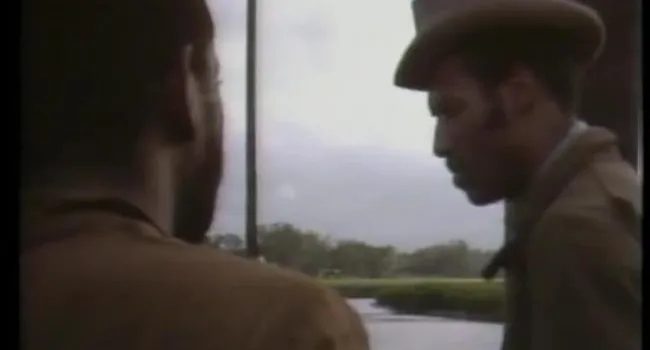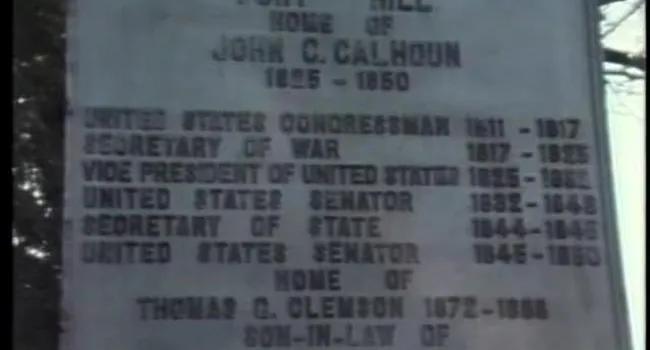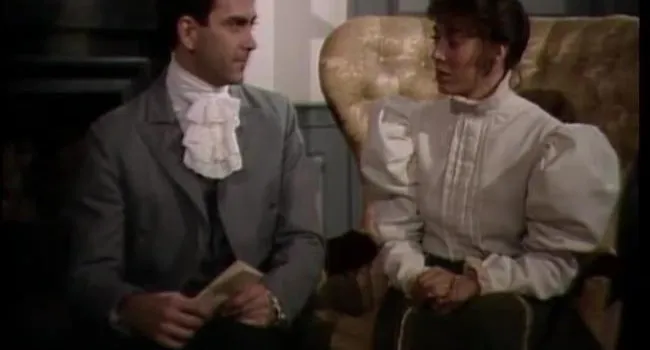The program on "Secession" is divided into two parts, each approximately 18 minutes in length. The five main characters, William, Allen, Jenny, Missy, and Allen's father are fictitious. The political characters portrayed are real. They include Congressman William Porcher Miles, Congressman John Ashmore, Congressman Boyce, James L. Orr, Congressman John McQueen, Lawrence M. Keitt, and Benjamin F Perry.
The story begins in 1858 in South Carolina. William Taylor's cousin Allen is visiting from Connecticut. Secession "fever" is rapidly engulfing the state. Preston Brooks' "caning" of Charles Sumner had occurred the previous year. The scene shifts to West Point, New York, where the cousins have been accepted as cadets. William finds the "politics of the day" there to be "slavery and sectionalism." Abraham Lincoln is just coming on the scene in his Senate race with Stephen Douglas in Illinois.
The story is again picked up in South Carolina in the summer of 1860. The National Democratic Convention met in Charleston, but due to the strong political feelings of the day, adjourned without completing its business. Politics is the topic of the summer of 1860. Allen and William attend a reception where a number of prominent South Carolina politicos are gathered. For the most part, they are discussing how secession should occur, not if it was a good idea.
Returning to West Point in the fall of 1860, Allen realizes the situation in South Carolina is rapidly moving toward secession. He knows that he will soon be forced to make a decision concerning his position at West Point. Returning to Columbia in December 1860 for a short Christmas break, Allen finds the Secession convention in session at the First Baptist Church in Columbia. He accompanies his father, who is a delegate, to the railroad station when the convention adjourns to Charleston. When the Ordinance of Secession is formally adopted in Charleston on December 20,1860. Allen makes his decision.
Standards
- 4.3.CX Contextualize South Carolina’s role in the development of sectionalism during the antebellum period.
- 4.4.CO Compare the economic and political causes of the Civil War.
- 8.3.CE Examine consequences of the major Civil War military strategies.
- This indicator was designed to encourage inquiry into the Civil War focusing on the impacts of military strategies and major turning points on South Carolina and the U.S.
- USHC.2.CO Compare the economic, political, and social, development of the antebellum North and South from 1803–1860 using a comparative analysis.










































